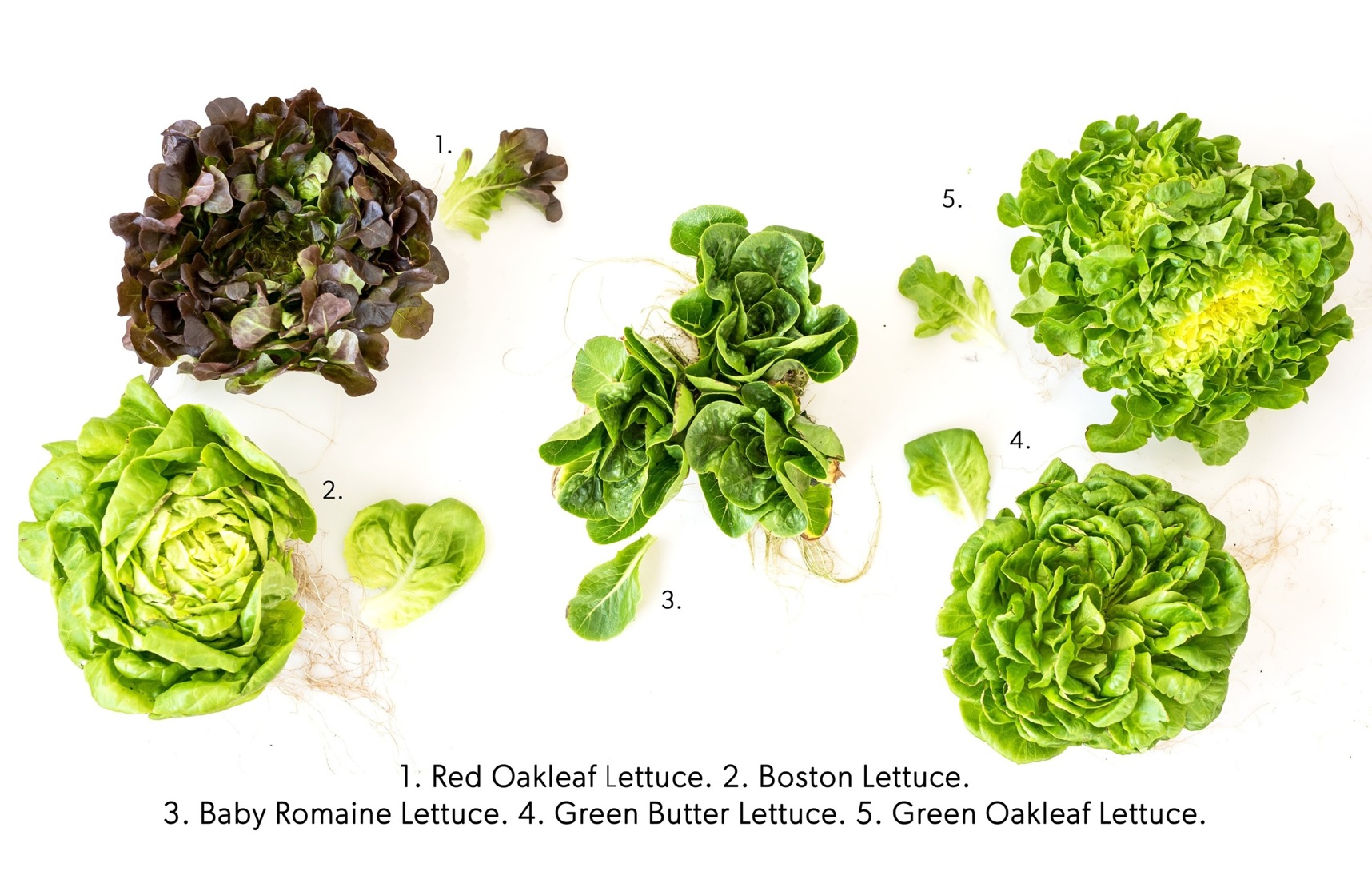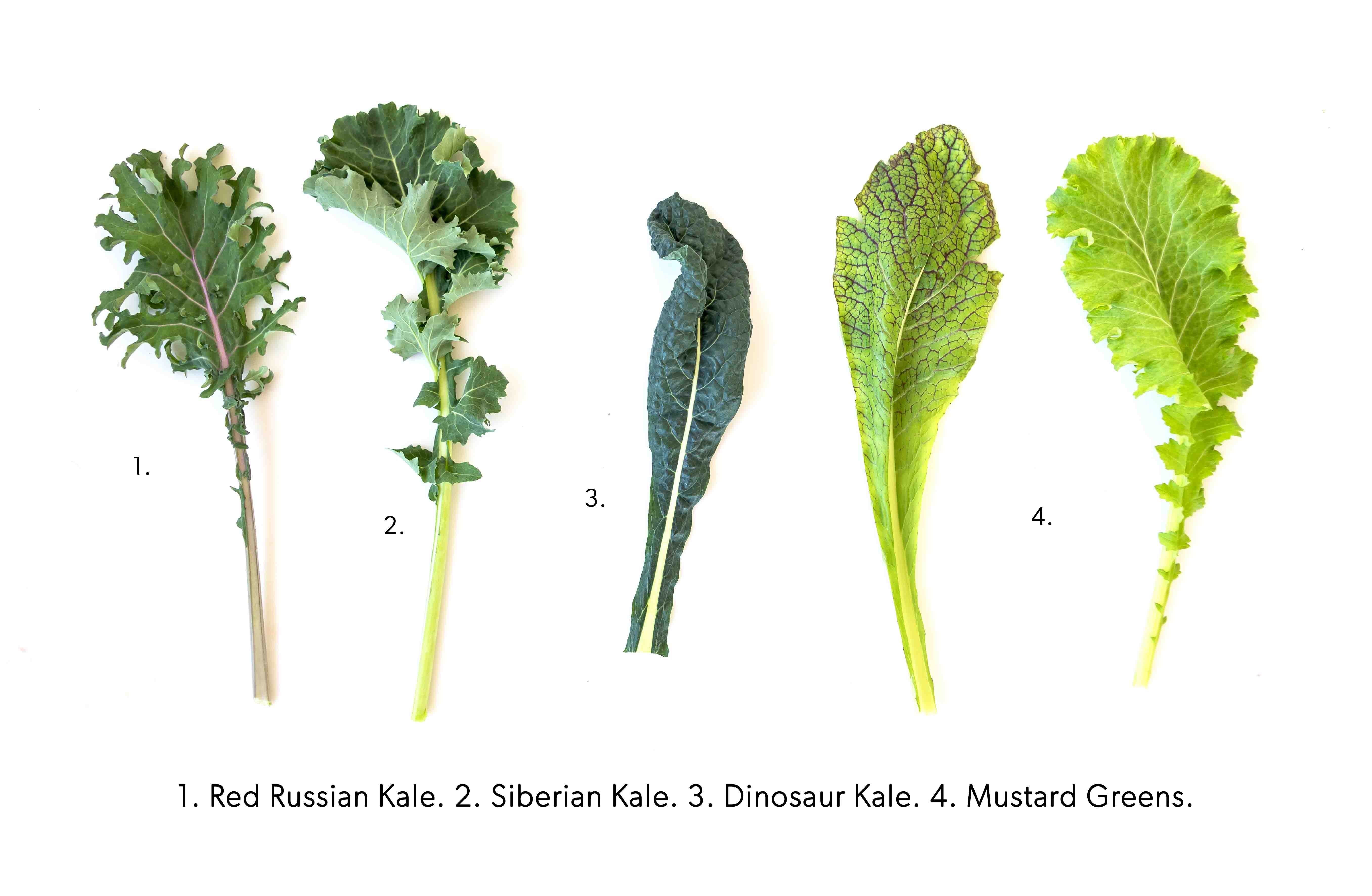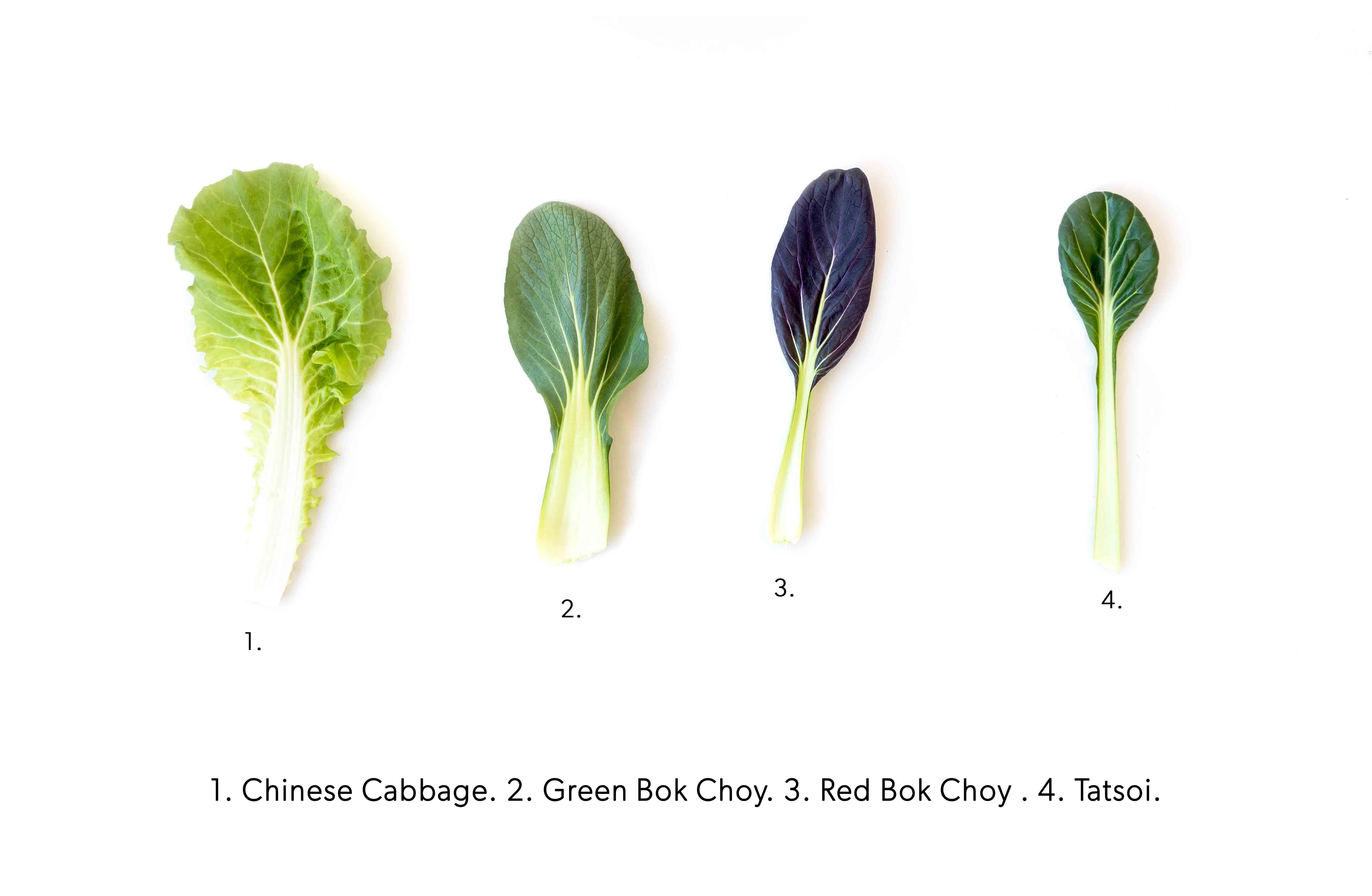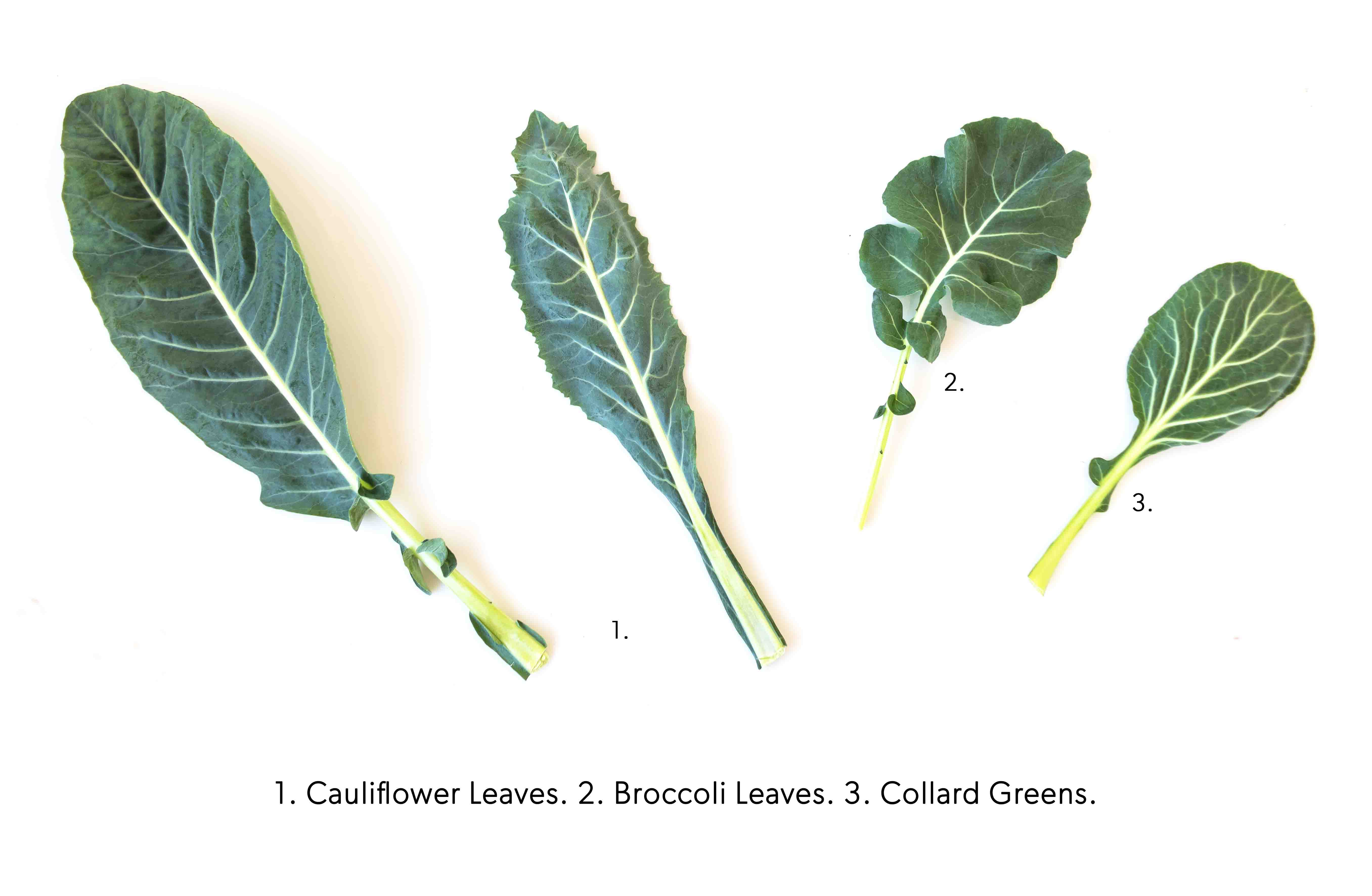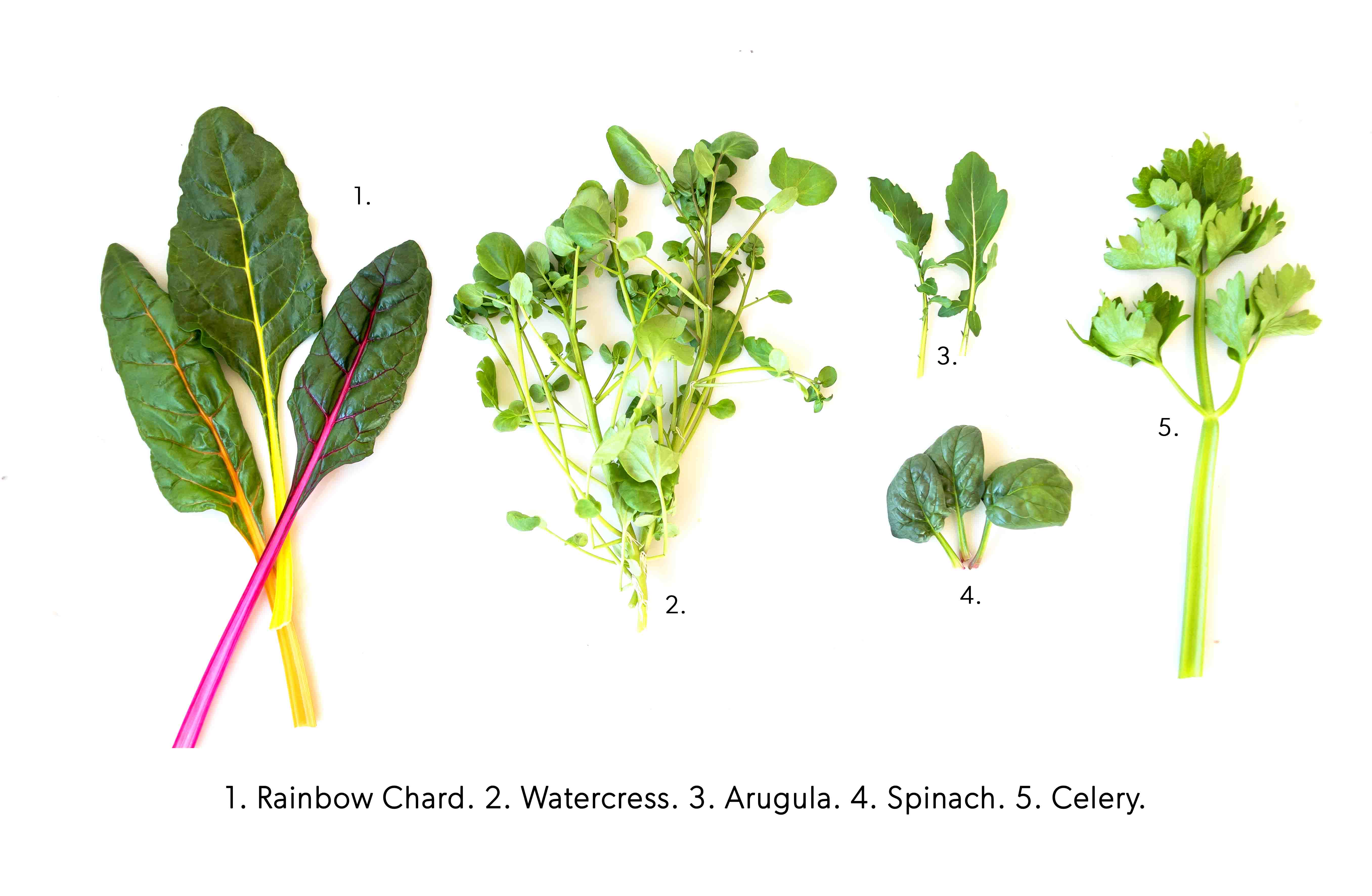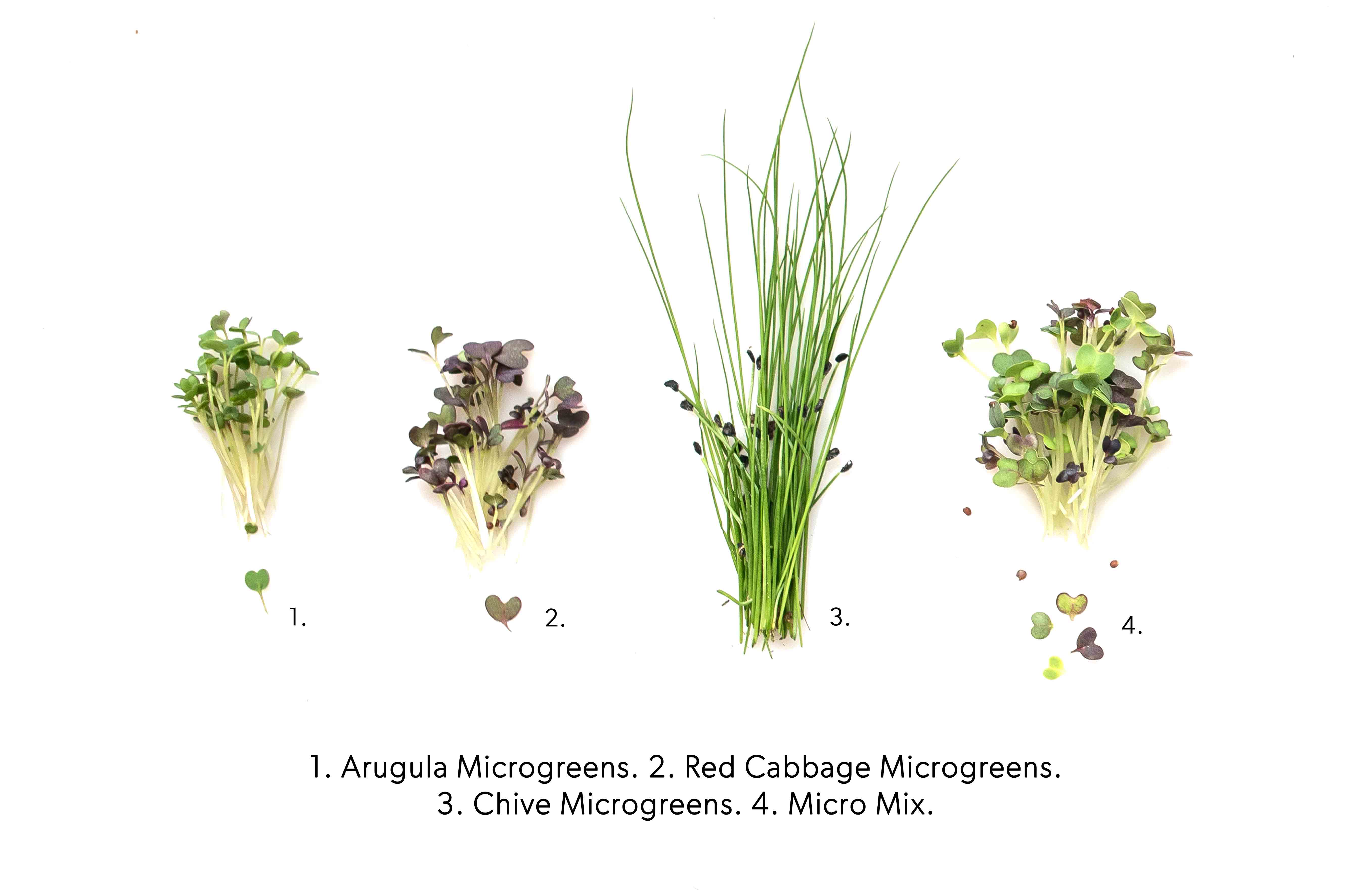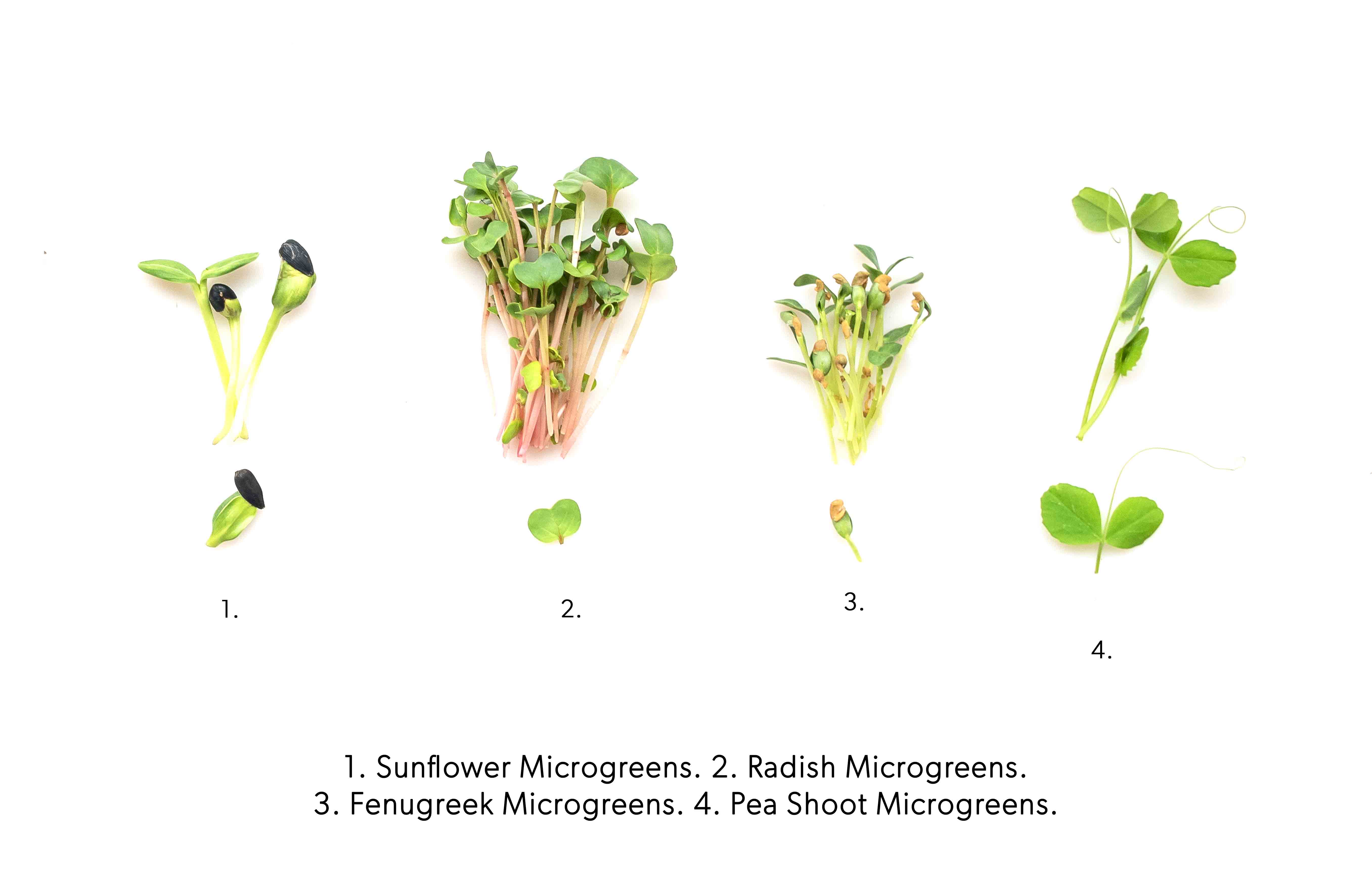What's my surprise green? A quest for leafy knowledge.
"We got some kind of unidentifiable green (even when comparing with photos online), so we spent a week staring at it in the fridge...not knowing what to do with it!"
- Sophie O.
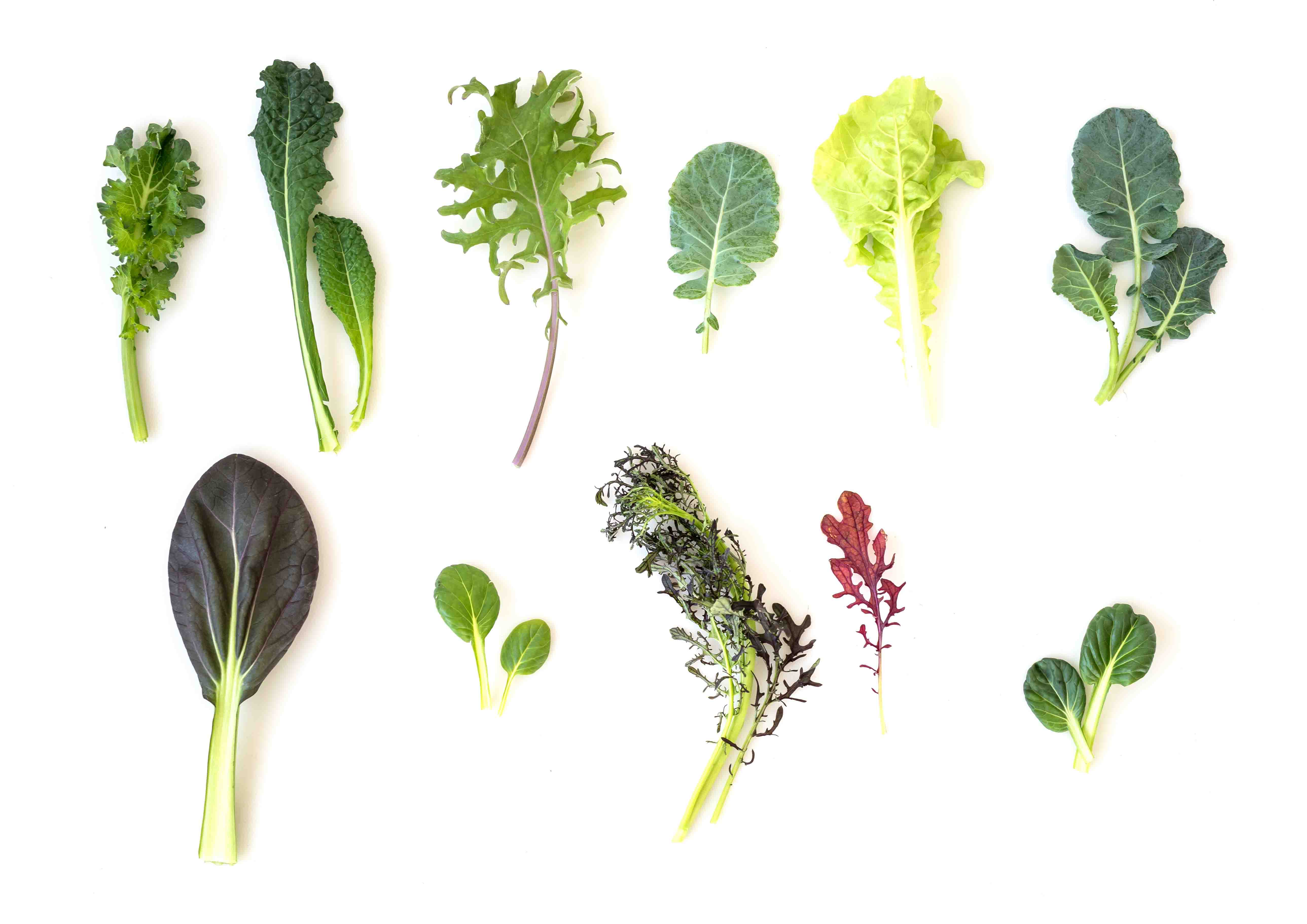
Many Lufavores (like, a whole bunch of you) have had similar comments about our Anjou greens, especially the ones sold as Surprise Greens. And we get it. We have so many new greens that even we can’t tell them apart sometimes.
As you might know, we’re on a mission to find ways to use fewer resources and produce less waste. This is partly why the surprise greens product was created - it allows us to harvest what’s ready to be harvested each day and ensure it doesn’t go to waste. At the same time, we have to be quick and ensure efficient day-to-day operations in our farms and distribution centre (those baskets have to get picked, packed, and delivered pronto!). And this is partly why we haven’t been identifying the bags of greens you get. If we did, we’d have a whole lot of labels and labelling on our hands. Sooo, our team got together and came up with a pretty neat greens guide instead. Get ready, grab a mystery leaf, and let the quest begin!
The Lettuce Family
Boston Lettuce. Pale green with soft, cup-shaped leaves. Looks a lot like a great big green rose in full bloom. Its mild and sweet taste makes it ideal for straightforward salads, with a simple dressing. The leaves are also the perfect size for sandwiches.
Green Butter Lettuce. Similar to Boston lettuce, but with smaller, slightly darker silken leaves. Looks a lot like a large blooming peony.
Red Butter Lettuce. Like green butter lettuce, but with dark red accented leaves. Also looks a lot like a large blooming peony.
Green Oakleaf Lettuce. Looks like a bunch of small leaves packed together, rather than a typical head of lettuce. Its leaves are reminiscent of small green oak leaves (hence the name).
Red Oakleaf Lettuce. Think green oakleaf but with deep red oak leaves.
Mini Romaine Lettuce Mix. Romaine typically has long, narrow leaves. But we harvest these guys small, so you’ll need to rely on the thick rib running lengthwise in the middle of each leaf and on their exceptional crunchiness to identify them. We’re growing two varieties for now: green leaf and red leaf. Slightly bitter and crunchier than other lettuces, this is the go-to lettuce for Caesar salads. Note: If you get a lettuce with slightly burnt edges and want to pretty them, just do a little trim and they’re good to go.
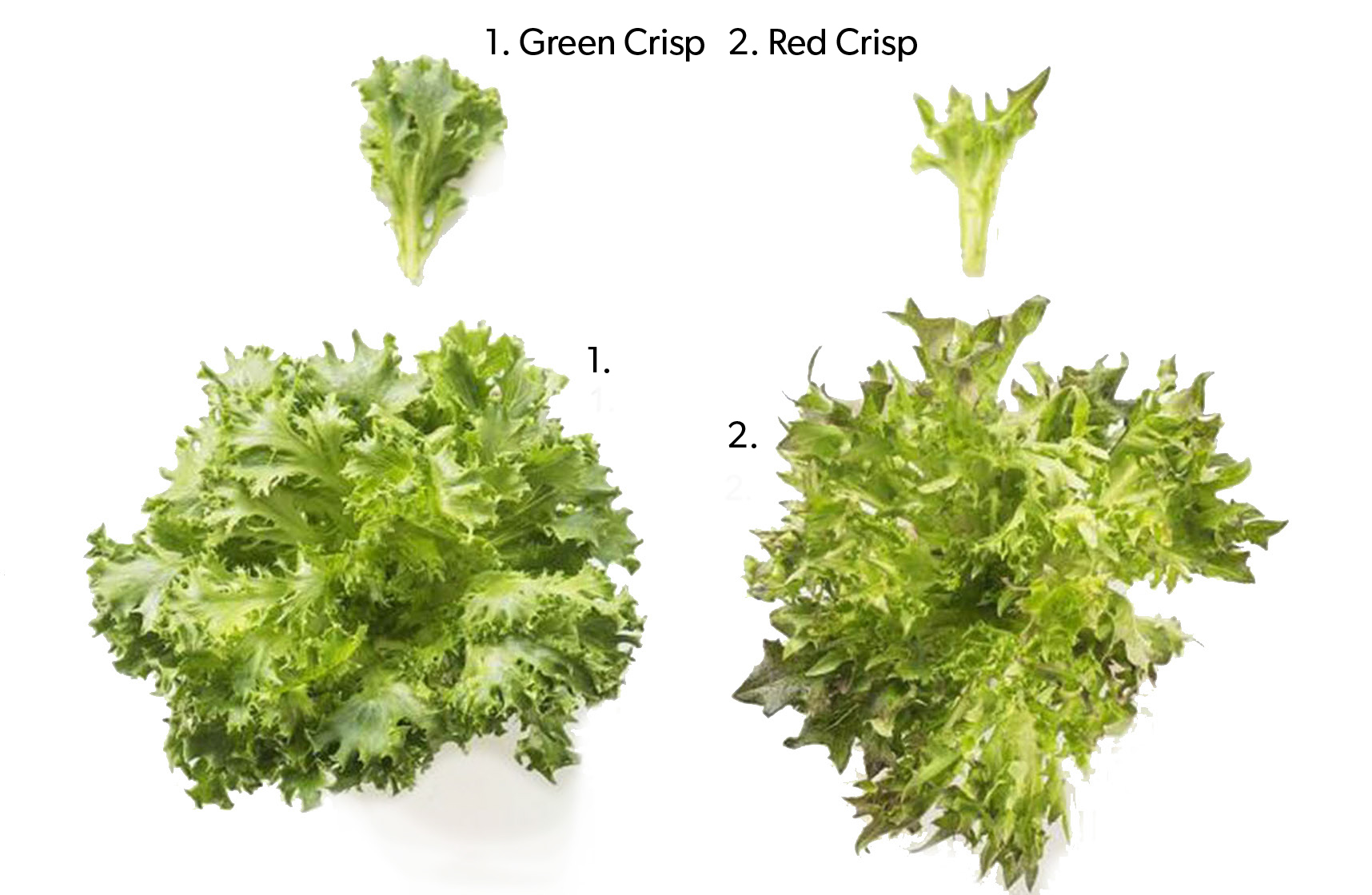
Green Crisp.
Think Red Crisp but with tender green leaves that are a bit less trident or thistle-like than the red. If it’s quite bitter, there’s a good chance it’s Bitter Crisp.
Red Crisp.
The leaves have deep purplish red tips but progressively become green as you near the heart. It’s a very textured lettuce, with almost three-dimensional leaf tips that look a bit like thistle leaves or tridents. Its consistency is almost Iceberg-like when you bite into it.
The Brassica Family (1/3)
Red Russian Kale. Long serrated leaves with purple veining. Use it like you would use any other kale, raw or cooked. If you want to eat the stems, we suggest you sauté your kale (amazing with garlic and onion) and serve it as a delicious side.
Siberian Kale. Large, more regular green leaves. Not as serrated as Red Russian, not as thick and textured as Dinosaur. With a more delicate and mild flavour than other kales, it can be used raw in salads, quick stir-fries, and juices.
Dinosaur Kale. Thick, dark green (greyish blue hue depending on how the light hits), narrow leaves that resemble dinosaur skin. Use it raw in salads for a strong kale taste (sort of cabbage-like), but you’ll need to cook it if you want to use the stems. It’ll develop a nice nutty sweetness when sautéed. This is also the best type to use for kale chips.
Giant Mustard Greens. We’re growing two varieties, both with large elongated wavy leaves. One is all light green and the other has tinges of purplish red. The strong peppery flavour can take some getting used to, and it remains even after cooking. Common in mesclun mixes, it’s an excellent salad green (combined with other greens like collard and kale), but can also used in stir-fries and soups.
The Brassica Family (2/3)
Chinese Cabbage (aka Napa). Elongated head with tightly-packed, quite crinkly (almost like a lace ruffle), light-green leaves with white veining. The inside leaves typically have a light yellow colour. Of all the members of the cabbage family, this is probably the most subtle-tasting. Use it raw to make a pork or oyster-based spring roll with vermicelli, or ferment it into kimchi. You may also add it to soups, stir-fry it with firm tofu, or make an Asian inspired version of cabbage rolls, using the larger outer leaves, rice, and a mild sausage.
Green Bok Choy. Spoon-shaped green leaves with broad whitish stems, that grow in crunchy bulb-bottomed bouquets. Green bok choy has a mild, borderline sweet flavour. A classic of Asian cuisine, it’s most often used cut in half (or quarters), steamed and served with flavourful, often sweet, sauces, but feel free to eat it raw with a trickle of walnut oil (it’s super crunchy and refreshing). Also use it in soups (with udon and poached egg), fried rice, noodle dishes (like soba), or simply sautéed with shiitake mushrooms (can’t say enough about this option!).
Red Bok Choy. Spoon-shaped deep purple leaves with a narrower stem (and slightly longer leaves) than its green counterpart. Red bok choy can be used in any recipe calling for bok choy (they’re pretty interchangeable).
Tatsoi. Similar to green bok choy but dark glossy green in colour, with narrower stems, and subtle veining. It grows quite a bit larger than bok choy (not the individual leaves but whole plant), and forms more of a head, clumping together in a flower shape. Raw tatsoi has a sweet, nutty flavour, and is often referred to as “the new spinach”. Use it raw or cooked.
The Brassica Family (3/3)
Broccoli & Cauliflower Leaves. Broad, somewhat thick, dark matte green leaves (like collards but with longer, less rounded leaves). The cauliflower leaves are more spear-shaped than the broccoli leaves. We’re selling these leaves because they’re just as good as kale or collards (in our opinion), and we’re big believers in using all the edible plant parts (no waste!). Braising is probably your best option, to cook them down a bit and remove the toughness.
Collard Greens. Large, flat, somewhat thick, green leaves with light-coloured rib and veining. The tip of the leaf is quite round and the colour is matte (not glossy). Surprisingly mild (just a hint of bitterness), collards can be paired with strong and light flavors alike. It tastes best when cooked slowly at a low temperature, but you can also sauté them with onions, garlic and olive oil, or use as a shell for tacos, burritos, wraps, and cabbage rolls.
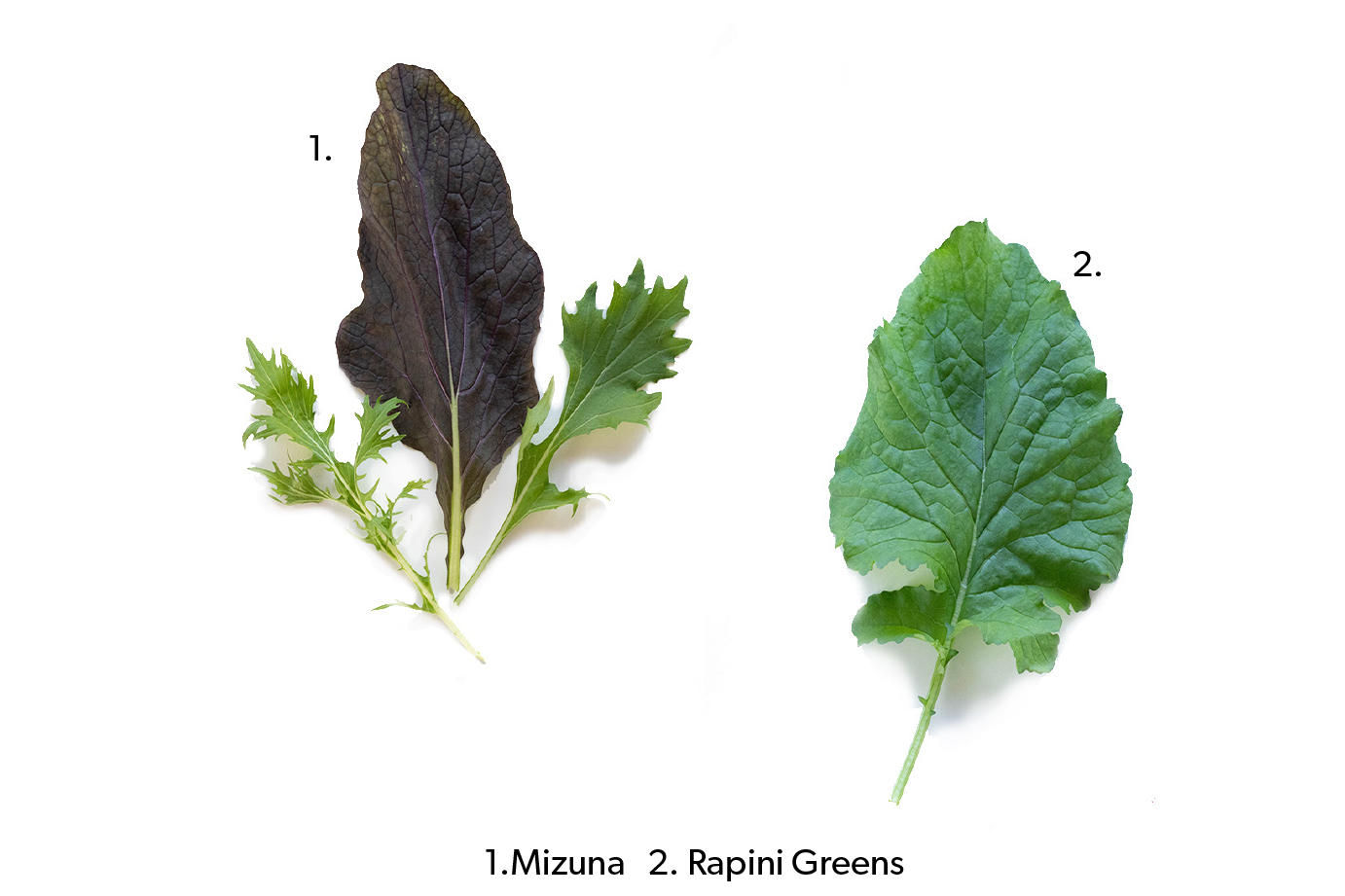
Mizuna. Another style of mustard greens with red or green serrated foliage.
Rapini Greens. Look for mid-green leaves with more of a stalk at the base, and you have yourself rapini - a more bitter broccoli relative that’s best cooked like kale, stems and all.
The Cress & Other Greens Family
Rainbow Chard. This one’s easy. Just look for rainbow-coloured stems! The leaves are dark green and glossy too. A lot like spinach - raw or cooked both work great since our chard stems are quite tender.
Watercress. Another easy one. Cut the stem, and if it’s hollow, it’s watercress. Watercress has a peppery, slightly spicy flavour. The easiest way to enjoy its pepperiness is to toss it in a salad with other greens and veggies. Watercress soup is also a must-try.
Arugula. Narrow leaves made up of a large central lobe with smaller spiky side lobes. Doesn’t grow a head like lettuce, but presents itself as individual leaves and stems. Arugula has a peppery, slightly bitter taste, that may take some getting used to (but is also why it’s so sought after).
Spinach. Looks like spinach (yeah we know). Very dark green but with soft lettuce-textured leaves rather than kale or cabbage-textured.
Rooftop Celery. A pretty easy one. U-shaped celery stalks that form an elongated bulb with lots of bright green leaves that look a lot like flat-leaf parsley. There’s also a strong and distinct celery smell when you cut it. Raw is the yummiest (ants on a log perhaps?). The leaves are by far the most flavourful part of the plant. Use them to spruce up a salad, add a load of flavour to soups and stews, or you can dry them on low heat in the oven and grind up with sea salt for homemade celery salt.

Purslane. Member of the succulent family, the easiest way to identify purslane is by its thick leaves (really quite thick) clustered at the joints and the tips of its sometimes reddish, sometimes yellowish stem.
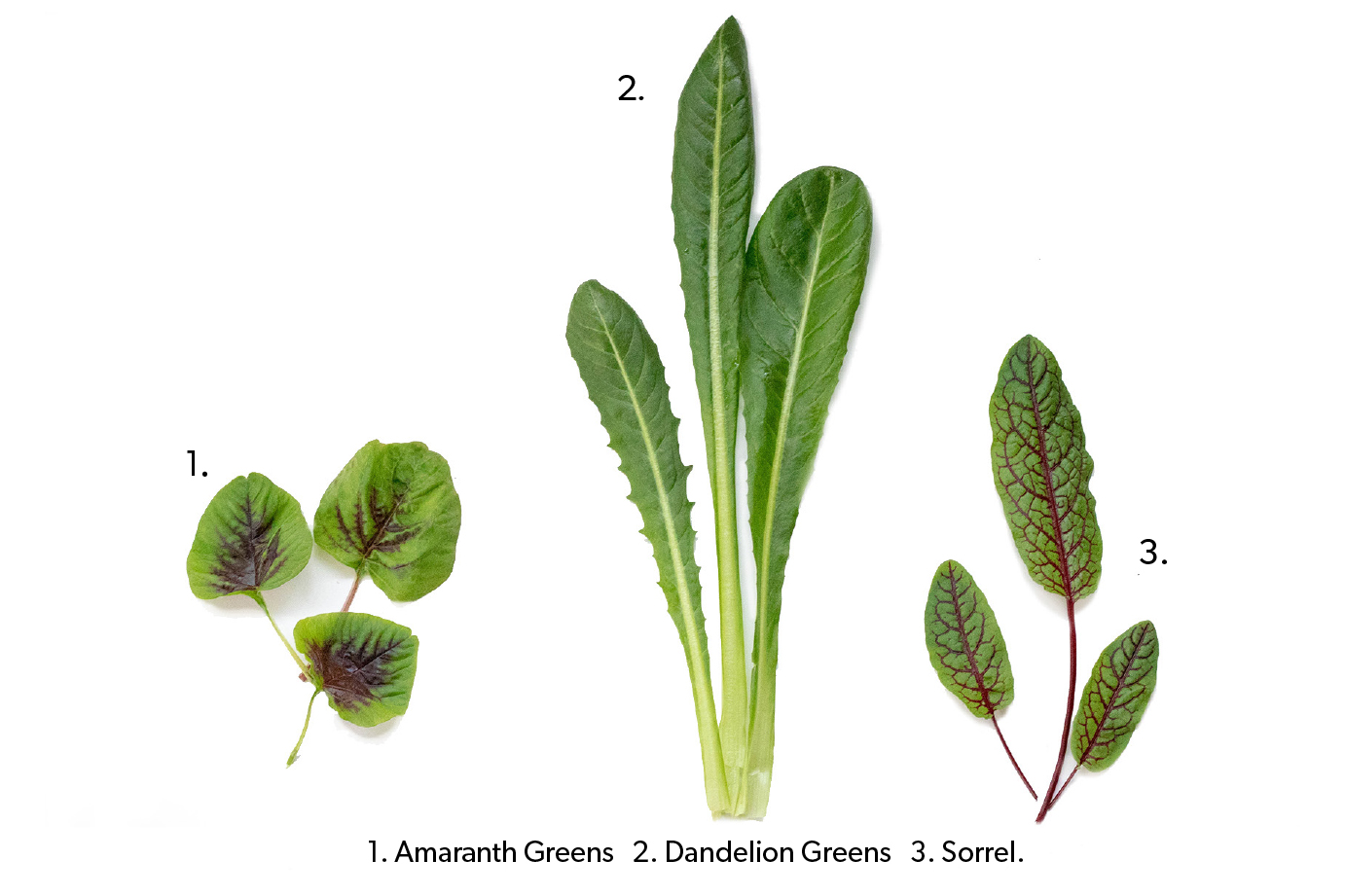
Amaranth Greens. These are quite distinctive with green leaves that have a red-pink center. Taste and use are similar to spinach.
Dandelion Greens. These should look familiar, like the dandelions of the weed variety all around the place in summertime. They’re super (deliciously) bitter and often cooked down to tame the taste.
Sorrel. We grow the red-veined variety because it’s gorgeous - long, narrow green leaves with vibrant red veins throughout. Sorrel is known for its citrus-like flavour and used fresh most often to highlight this.
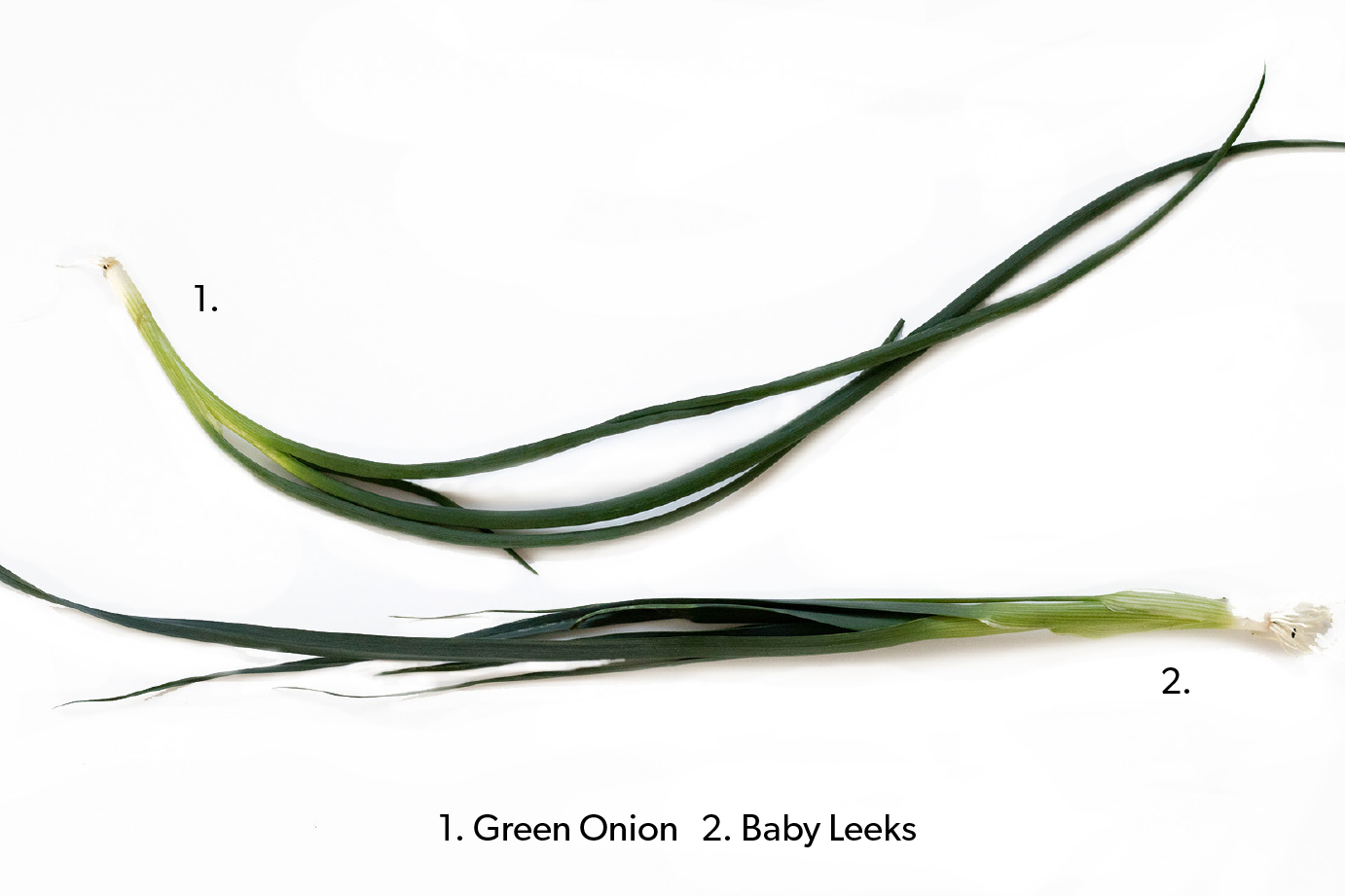
Green Onions. These are pretty straightforward - long skinny baby onions with their green tops. Use the whole thing except for the roots, no need to waste the tops!
Baby Leeks. While they can be mistaken for green onions in appearance and flavour, they can still be easily distinguished by their flat (instead of rounded) leaves that look like big blades of grass.The Microgreens Family (1/2)
Arugula Microgreens. The easiest way to identify this microgreen is to crush a leaf between your fingers, or to taste it. The pungent smell and typically peppery arugula taste are unmistakable. Visually, the leaves are bright green, and if you flatten one, it should look like a tiny green heart. Use them in green juices, salads, as burger toppings, or sprinkled on a parmesan and ricotta pizza.
Red Cabbage Microgreens. The partly dark green, partly dark purplish red leaves should give these guys away. Flattening one of these leaves should reveal a shape that looks a lot like a magic bean seen from the side. Use them in green juices, salads, as burger toppings, or on an open-faced goat cheese croque-monsieur.
Chive Microgreens. Real easy...They look like tiny little chives (sort of grass-like), and often still have the small black seed from which they sprouted on their very tip. Use them in salads, sandwiches, egg or fish dishes. Especially good with smoked salmon and cream cheese.
Micro Mix. This colourful mix of microgreens includes micro mustard, kale, and other brassicas (members of the cabbage family). Don’t try to identify them individually. If there is more than one type of leaf in your microgreens, it’s the Micro Mix!
The Microgreens Family (2/2)
Sunflower Microgreens. There’s one surefire way to identify these: some sprouts will have a sunflower seed still clinging to the tip of their leaves. No seeds? No problem. Look for two opposed light green leaves at the tip of a yellowish stem.
Radish Microgreens. Because the leaves could be confused with arugula microgreens (though their green is a bit lighter), we suggest you identify these by their light pink stems.
Fenugreek Microgreens. These microgreens typically have the dark yellow seed from which they sprouted still clinging to the tip of their leaves. No seeds? No problem. Try spotting two opposed light green, and spearhead-shaped leaves. You can offset their herbal and somewhat bitter taste by serving them with avocado. They’re also great in gazpacho-style cold soups.
Pea Shoot Microgreens. These microgreens are easily identified by the curly tendril growing between their two light green leaves. Their subtle taste of pea is pleasant in green juices, salads, or as a burger topping. Try them in stir-fries.
Bon appétit!

